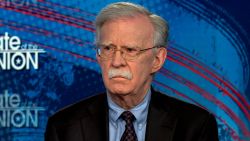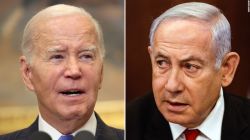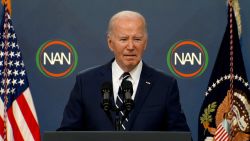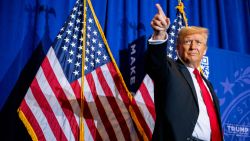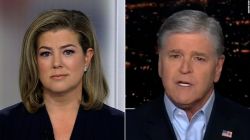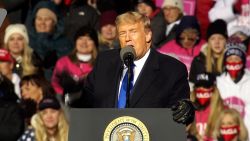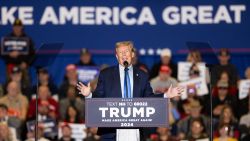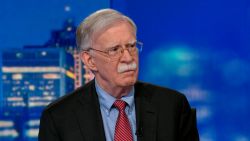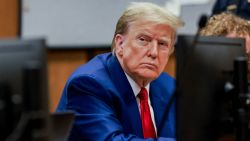Editor’s Note: Juliana Silva is a strategic communications adviser at Clarity Media Group, a global communications coaching firm based in New York. Bill McGowan is the founder and CEO of Clarity Media Group. He is also the author of “Pitch Perfect: How to Say it Right the First Time, Every Time.” Follow him on Twitter @BillMcGowan22. The views expressed in this commentary are solely those of the author. View more opinion articles on CNN.
The point-counterpoint over border security was practically billed as a heavyweight prize fight. In one corner, a deeply entrenched President Donald Trump, unwilling to reopen the government until he gets his $5.7 billion for a wall along the Southwestern border of the United States.
The challengers? The tag team of House Speaker Nancy Pelosi and Senate Minority Leader Chuck Schumer.


But if you had purchased a pay-per-view package to see this fight, you’d probably demand your money back. All three appeared stoic and devoid of any passion.
Now you know why Trump waited until his term was half over before giving a scripted speech from the Oval Office – because he’s terrible at it. Trump’s secret sauce that stirs his base at rallies – namely outrage – was conspicuously absent in his flat delivery.
Also, nowhere to be found (inexplicably until more than halfway through the plodding address) was any mention of the border wall itself. But wasn’t that the whole point? It was a sharp departure from the glorious imagery Trump conjured throughout his campaign when he declared, “We’re going to build a great wall … an impenetrable, physical, tall, powerful, beautiful, border wall.”
Trump’s delivery was hasty, as if he had an Air Force One flight to Mar-a-Lago to catch. There was no modulation in his voice and no flow to the speech. The “shining wall on a hill” feel that has marked his speeches for the last few years was replaced by a dark and depressing depiction of beheadings and violent crime that allegedly result from illegal immigration – not exactly an uplifting rallying cry.
What Trump tried to use in place of imagery was data. But what he wielded was an assortment of alternative facts and figures that served to pervert rather than persuade.
The decision to sit Trump behind his Oval Office desk might have been prompted by the need to lend a sense of gravitas to the issue of illegal immigration. After all, this is the setting where past presidents have informed the American people of dramatic events: John F. Kennedy’s blockade of Cuba, Richard Nixon’s resignation and George W. Bush’s address after the September 11 attacks.
But the combination of confining Trump to a chair and tightly scripting him stripped the President of his mojo. He showed about as much emotional investment in these remarks as Vice President Mike Pence showed in the now-infamous Oval Office meeting with Pelosi and Schumer.
The fact that he was squinting to read the teleprompter, reducing his right eye to a mere slit, certainly didn’t help. Viewers’ trust is bolstered by the ability to see the whites of the speaker’s eyes.
For their part, Schumer and Pelosi didn’t exactly come out swinging. They were about as animated as a modern rendition of “American Gothic,” minus the pitchfork. They never once glanced at each other when the other was speaking, robbing them of the opportunity to project the kind of unified front they demonstrated during their Oval Office confrontation with Trump. In fact, they were so detached from one another that it appeared as though one of them had been airbrushed into the shot.
But where Schumer did manage to succeed is exactly where Trump failed: in the use of imagery. Speaking visually and anecdotally makes a speaker’s message exponentially more powerful. The one line that was truly memorable belonged to Schumer when he said, “The symbol of America should be the Statue of Liberty, not a 30-foot wall.”
In the showdown between Trump and his Democratic rivals, there were no oratory knockout punches. As sports fans often say after a dull game, it seemed to be a matter of who wanted it least. The American people who tuned in, hoping to be stirred by their leaders’ passionate remarks over a pressing problem, were perhaps the real losers.



